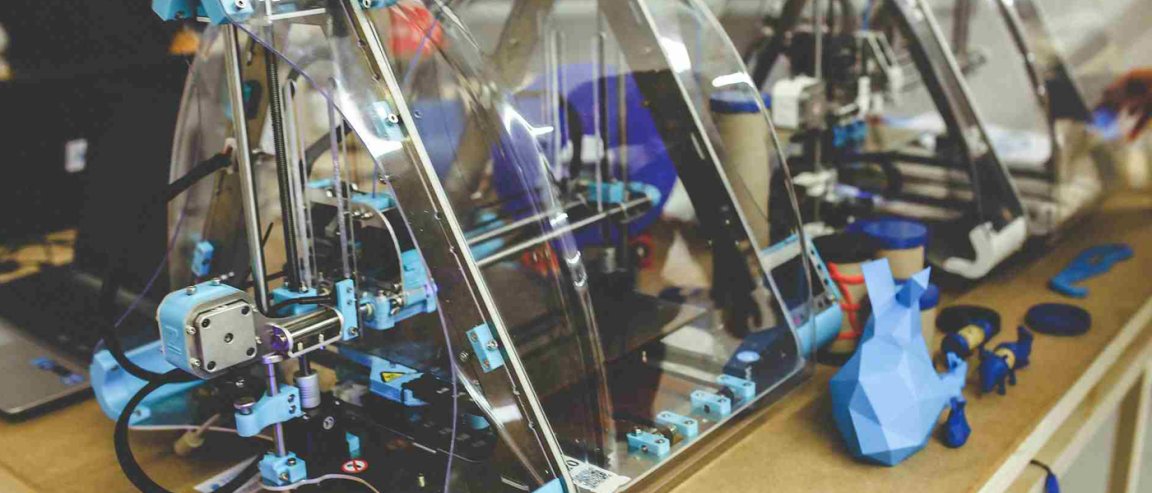
Expiring Strangleholds
An important shift is occurring in the 3D printing world: patents are expiring. Patents filed on pre-existing industrial printing processes, especially those filed at the turn of the century, have already expired or are set to expire in the coming years.
Take, for example, the case of Fused Deposition Modeling (FDM). The patent on FDM expired in 2009. As a result, prices for FDM printers dropped from over $10,000 to less than $1,000, which caused consumer-friendly 3D printer manufacturers– like MakerBot and Ultimaker– to pop up.
This revolution is being felt in the top three 3D printing technologies: liquid-based, powder-based and metal-based printing processes.
Liquid-based

The best existing desktop printing process for highly-detailed precision parts is widely considered to be the liquid-based stereolithography (SLA) printing process, which is behind the M1 3D printer from Carbon.
Carbon’s stereolithography process is derived from a process patented by Charles (Chuck) W. Hull in 1986 just before he set up 3D Systems Inc to commercialize it.
Powder-based
The Selective Laser Sintering (SLS) powder-based printing process was developed and subsequently patented by Dr. Carl Deckard and Dr. Joe Beaman in 1984. They then started a company with the new technology–building and selling SLS 3D printers.
Similar to what happened soon after the FDM printing patent dried up, a rise of new 3D printer manufacturers has occurred, aimed at bringing this process onto the desktops of a wide amount of users.
Metal-Based
Metal 3D printing technologies are already being adopted widely, especially in large-scale jobs like custom race car parts to parts used by SpaceX for launching into the outer atmosphere.
A foundation patent for selective laser melting held by Germany’s Fraunhofer Institute for Laser Technology will be expiring in December of 2016. This is expected to bring with it a new group of manufacturers that will drive cost down dramatically. More so because no other 3D printing process has been able to consistently produce reliable parts as metal 3D printing has.